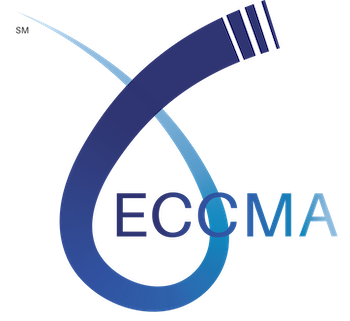
by Peter Benson LinkedIn
It is a stylized representation of the connection between identifiers and data sets.
I first saw the symbol on the pavement in India and in account ledgers in India, Nepal, and Japan. I learned it was a commonly used check mark like the more familiar tick mark that Wikipedia tells me is the “predominant affirmative symbol of convenience in the English-speaking world”. Wikipedia also informed me that it was probably a good idea to be careful what I used in Sweden or Finland where the US mark for good means not good there, presumedly Nike is aware of this. Wikipedia also points out that on US voting ballots the traditional mark is an “X” used elsewhere to mean “not good”, which begs the question: is the “X” actually a subtle symbol of revolt against the political order, I digress.
Identifiers are critical components of digital transformation, the glue that enables interoperability and integration within and across systems. ISO 8000-115 is the international standard for quality identifiers, it makes it easy to tell immediately if an identifier is a quality identifier or something else, something to be avoided, rejected, and shunned.
An identifier by itself is a meaningless string of characters, its value resides in the fact that it is an alias or a pointer to a data set that was created and is managed by someone, the owner of the identifier. In older systems metadata is used to link an identifier to its issuer but this requires two fields, and it is not uncommon for the two fields to become separated and then users must rely on length, mask, or format to identify who issued the identifier. This works as we can see with telephone numbers and tracking numbers but typically only within a known or expected domain, hardly a recipe for the accuracy and reliability we are expecting from digital transformation.
Upgrading an identifier to an ISO 8000 quality identifier simply requires the addition of a registered prefix that can be used to identify the issuer and where the identifier can be used to lookup enough data to verify the identifier. Like domain names, prefixes are globally unique, if you want to register yours go to SmartPrefix.org.
